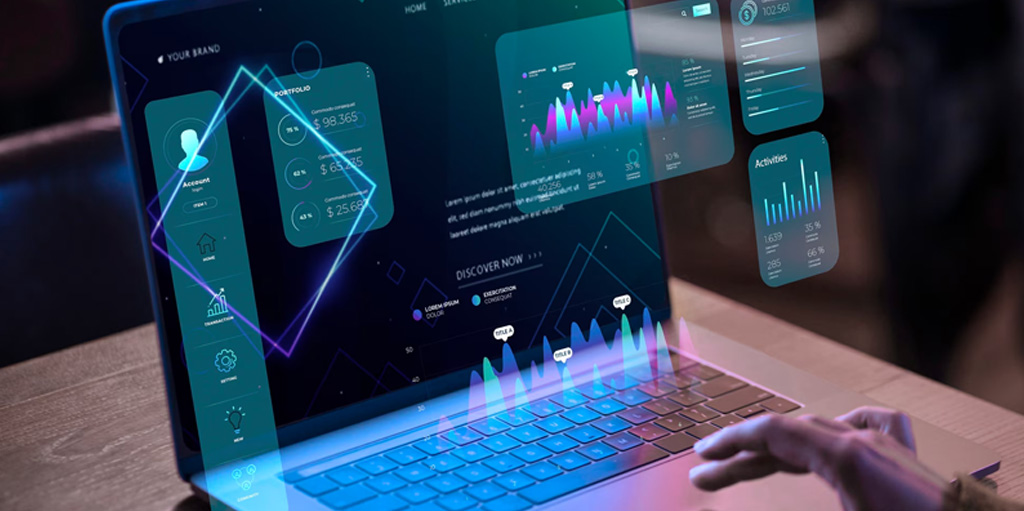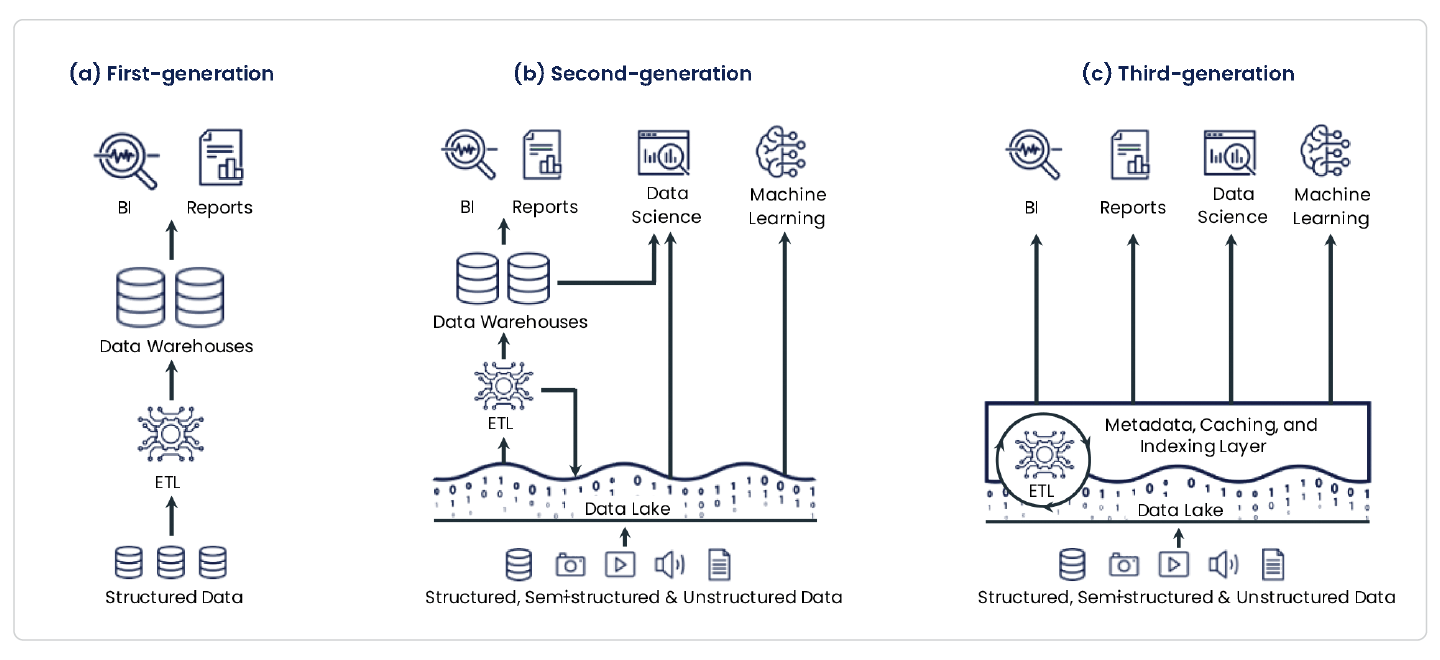
What is a Third Generation Data Platform?
Today’s modern enterprise proliferates data at an unprecedented rate, leading to the development of multi-cloud, data-first architectures and a broad portfolio of advanced data-driven applications. To effectively and efficiently derive value from these tools, businesses need a robust information architecture and a modern data platform. A data platform that can not just store data, but also be a staging point for the business to partake in advanced analytics, machine learning, and AI projects.
Traditional data warehouses and second-generation data platforms had slow and expensive ETL tasks for large batch processes to ingest data. The data transactions were often inconsistent and lacked integrity during concurrent processes and system failure. The lack of an extensive governance framework added an additional risk of non-compliance.
Businesses couldn’t effectively monetize their data due to high TCOs (total costs of ownership). The insights were inaccurate as the data was often stale. Non-compliance brought legal risks and a loss of reputation. These new “Data Lakes” became inefficient “Data Swamps.” These factors combined resulted in the data platforms being a cost center instead of an asset.
Enter: Third Generation Data Platforms

Source: https://www.cidrdb.org/cidr2021/papers/cidr2021_paper17.pdf
Third Generation Data Platforms represent a critical advancement for businesses wanting to leverage their data as a strategic asset. Unlike traditional data warehouses and second-generation data platforms, these platforms have a suite of capabilities that directly translate to tangible benefits and business outcomes.
These platforms support ACID transactions, ensuring data integrity and reliability critical for business operations. They enable real-time analytics and incremental streams, reducing processing times and costs while facilitating agile decision-making. Additionally, federated data governance enhances compliance control over remote data, reducing risks and improving security in decentralized operations.
Furthermore, these platforms support open table and file formats, enhancing data accessibility and interoperability across systems. They come with a comprehensive data catalog for simplified data discovery and management. Robust security features like encryption, data masking, and role-based access control ensure data security and compliance. Moreover, third-generation platforms empower data scientists with advanced analytics tools and facilitate multi-cloud implementations, eliminating vendor lock-in and offering unmatched flexibility in data management.
Why does your enterprise need a third generation data platform?
Third-generation data platforms offer major upgrades over past systems. Here are a few key business use cases made possible by consolidating enterprise data into one, highly efficient platform:
- Financial Planning: CFOs can simulate quarter closing using real-time data, predict cash flows from customer behavior data, and allocate resources effectively.
- Supply Chain Management: Logistics can adjust routes based on real-time buying patterns, while manufacturers optimize BOMs and manage inventory profitably.
- Risk Management: Banks can use real-time and historical data to identify and mitigate risks, preventing disruptions and losses.
- Digital Twinning: Enterprises create digital replicas of physical assets for predictive decision-making, aiding in disaster management.
In conclusion, third generation data platforms have the ability to revolutionize the way data is leveraged within the enterprise. These platforms empower enterprises to innovate, make informed decisions, mitigate risks, and achieve tangible business outcomes in finance, supply chain, risk management, and digital twinning. Embracing Third Generation Data Platforms means turning data into a strategic asset and leading in the data-driven era.



